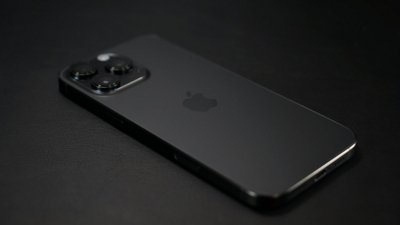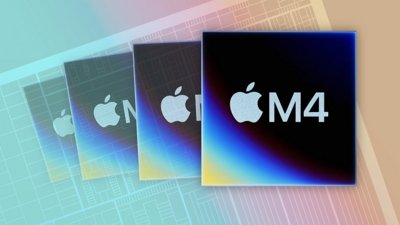The Wi-Fi Alliance is rebranding the terms used to identify different types of Wi-Fi connection in a bid to simplify the naming system for the general public, with 802.11ac being retroactively renamed "Wi-Fi 5" and the next-generation 802.11ax technology arriving next year as the more easily understood "Wi-Fi 6."
The current naming system for network specifications, prefixed by 802.11 followed by a letter, is considered by the Wi-Fi Alliance to be difficult to determine which is the newest and what older technologies it can work with on the same network. Instead of relying on users to know which letter suffix is newer, the organization instead intends to simply number each generation of technology sequentially.
Rather than refer to 802.11ac or 802.11n, they will also be referred to as Wi-Fi 5 and Wi-Fi 4 henceforth, due to their respective generations, with older technologies also being referred to by their generational number. The system should also help consumers by advising of compatibility, with higher-numbered devices supporting connectivity with other hardware with lower numbers, at the older speeds.
Notably the Wi-Fi Alliance is only going as far back as Wi-Fi 4 for the naming system, with the first to third generation 802.11b, a, and g retaining their original designations.
"For nearly two decades, Wi-Fi users have had to sort through technical naming conventions to determine if their devices support the latest Wi-Fi," said alliance president and CEO Edgar Figueroa. "Wi-Fi Alliance is excited to introduce Wi-Fi 6, and present a new naming scheme to help industry and Wi-Fi users easily understand the Wi-Fi generation supported by their device or connection."
The Wi-Fi Alliance, which counts Apple as a member, intends for the new naming method to be used from the introduction of Wi-Fi 6 in 2019, formerly known as 802.11ax. The organization also intends for the introduction of new visual aids that incorporate the number, which could be used in manuals and on packaging to indicate the generational compatibility.
In June, the alliance started to certify devices for WPA3, an update to the aging WPA2 security protocol that enhances authentication and encryption measures.
 Malcolm Owen
Malcolm Owen








-m.jpg)






 William Gallagher
William Gallagher
 Wesley Hilliard
Wesley Hilliard

 Christine McKee
Christine McKee


 Andrew Orr
Andrew Orr





-m.jpg)




18 Comments
I like it. Consumers shouldn't be required to be well versed in IEEE terminology to make more informed buying decisions. There will still be ample opportunity for confusion, especially around compatibility between generations, but it is a small step in the right direction to improving human-to-human communication.
At last. It sounded more like legal book references than simple technology generation lingo.
It’s about time. I know this stuff, and I sometimes still have to think about it when explaining it to others. Meanwhile, they’re completely confused.
Bout damn time...the suffixes make absolutely no sense. WiFi v5, v6 ec... makes more sense.
Finally! Even I who knows about it can get confused sometimes. And hope no one starts with that pre-crap again, like ”ac is not official so here is a router that has almost something like maybe but not actually as good or reliable or fast as ac...”.